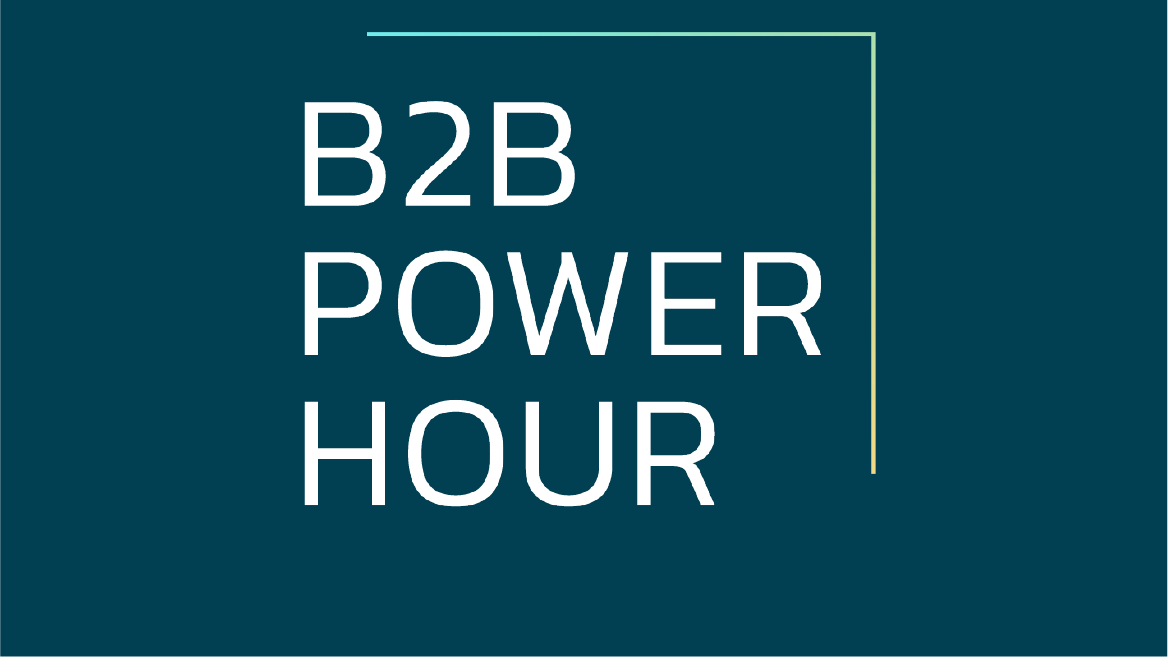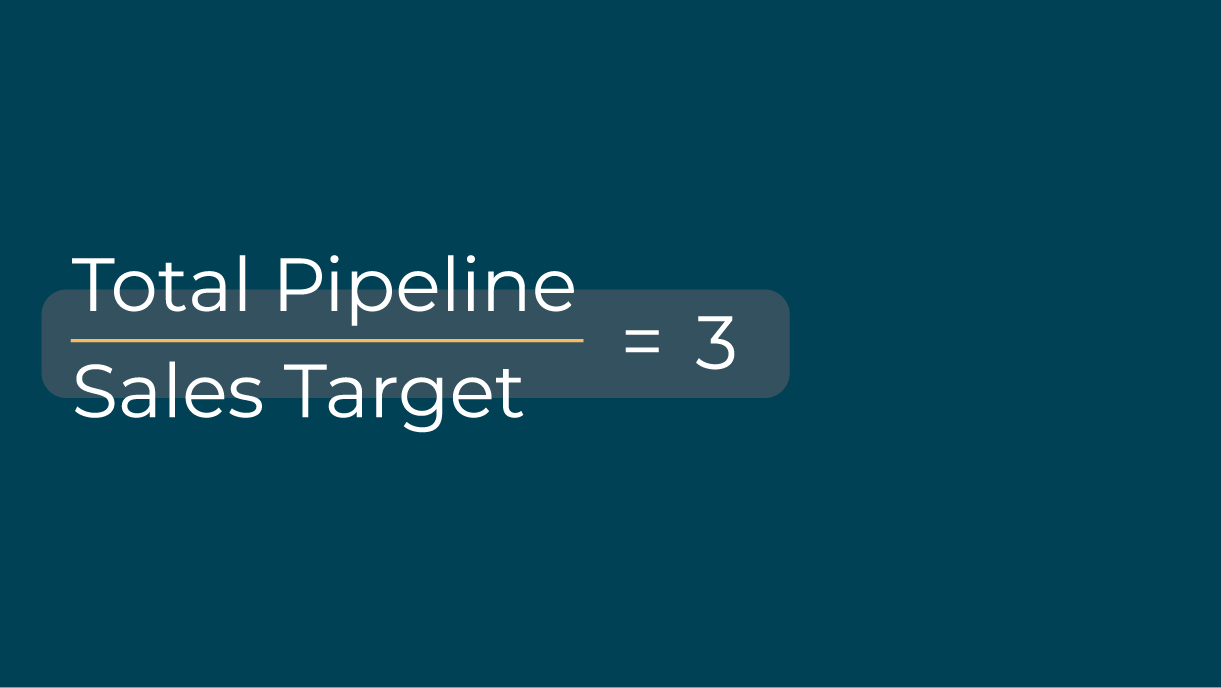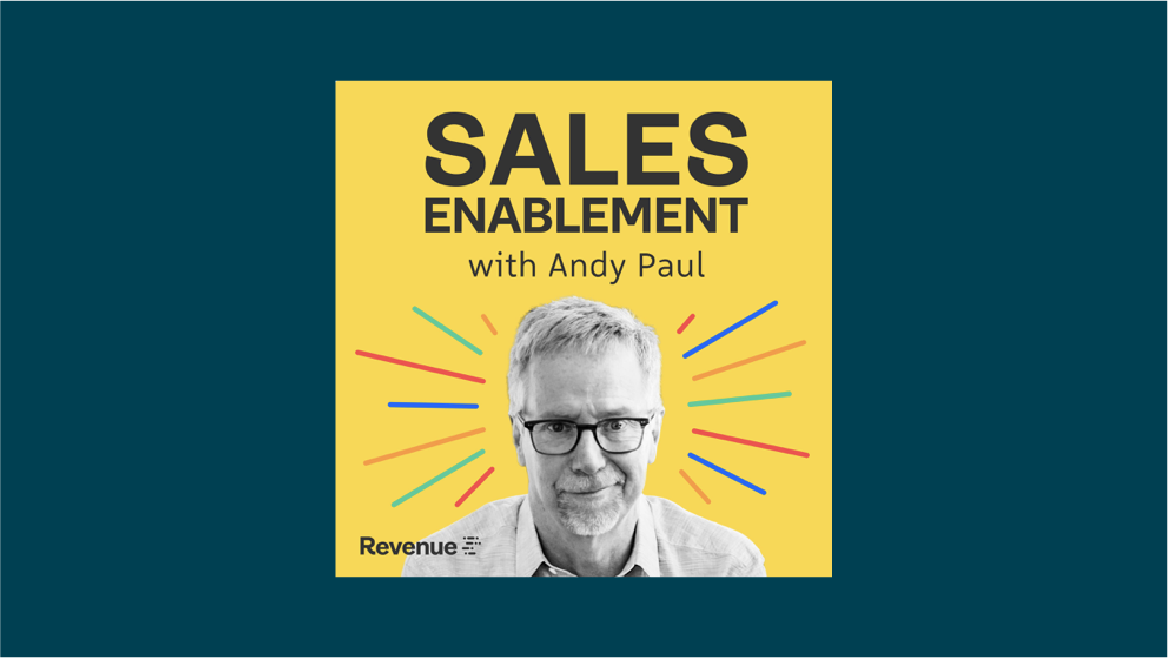Out Now: Top Highlights From The Account-Based Sales Playbook
GTM teams spend a ’lotta time and money trying to build 3X pipeline coverage… only for those deals to stall out mid-funnel. Usually around “Stage 3.”
It’s what happens when buyers can’t message you to their executives, so your champions hear, “Eh, not a priority right now.” And your own deal teams — AE’s, SDR’s, SE’s, CSM’s, and sales leaders — aren’t aligned on how to change it.
Until now.
Last week, I broke down the playbook our customers are using to:
- Design a tailored, account-specific buying process
- With frameworks that drive consistent deal execution
- That can scale “downmarket” to mid-market and commercial, too
Here are the highlights.
The Foundation for an Account-Based Sales Process
The messaging flywheel I laid out in this crash course uses written documents as the primary “container” your sales process lives inside — not just ad-hoc fields in a CRM (which your customers can’t see or use to sell internally, where decisions are made.)
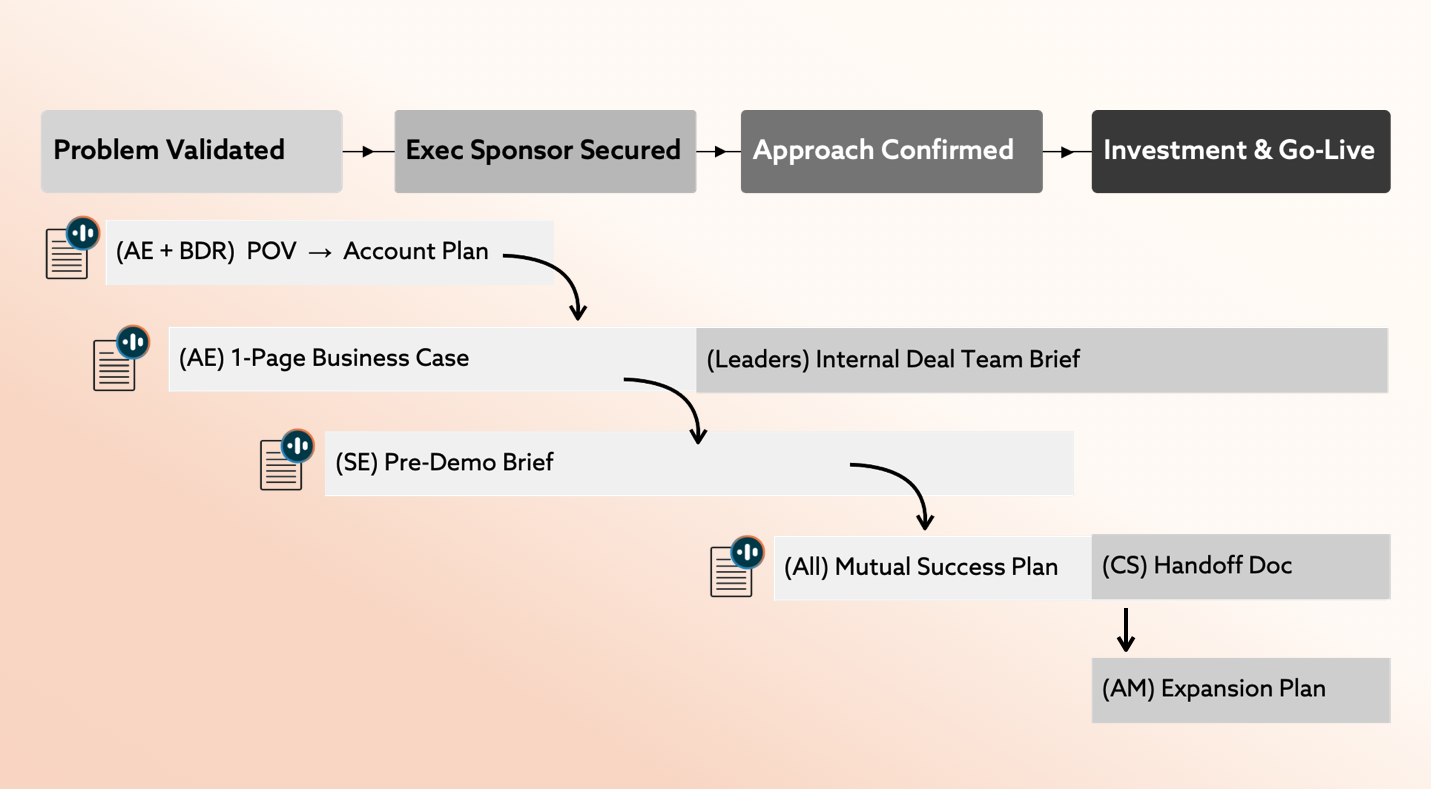
So first, here are the principles behind why the foundation of an account-based process is content, not just sales conversations.
1. Writing is Deal Evidence.
It’s concrete, not abstract:
- Before: "It was a good meeting, they're interested."
- After: "Look at the redlines to this problem statement, we’ve got specific data here now."
It’s how we test to see where, exactly, a customer is or isn’t inside their buying journey. While making that visible to everyone in the process (including our forecast).
→ Related: see The Modern Sale Leader’s Deal Review Framework.
2. Writing is Aligning.
The average enterprise deal has 22+ stakeholders, from 5 business units. That’s a big surface area, so deal context evaporates between roles when:
- Executive sponsors get distracted
- Technical teams miss the broader narrative
- Finance and legal’s missing the strategic context
Stalling deals. So content is how we get everyone on the same page. While making sure it stays that way between Slack threads, texts, and emails as part of an internal, ad-hoc buying “process.”
→ Related: see How to Write an Irresistible, Exec-Level Narrative
3. Writing is Context.
I say that in the AI sense of the word “context.”
When documentation is built at an account-level, it creates context that drives future docs and deals.
Think of each written framework like those little Russian nesting dolls — they contain elements from the ones before them inside, while expanding on the whole:
A problem statement’s built around a first point of view. That sits inside the business case. Which informs a go-live plan, and so on.
Then, we can capture each customer’s journey inside a set of account-based, “living” documents that write, learn, and redline themselves over time.
→ This is what we built: see www.fluint.io
Top Frameworks by Stage
Here are the major Frameworks we broke down, tied into buying/selling jobs:

Get the full breakdown of each framework + editable copies, here:

Each framework has an outline of its purpose:

Plus, what it looks like:
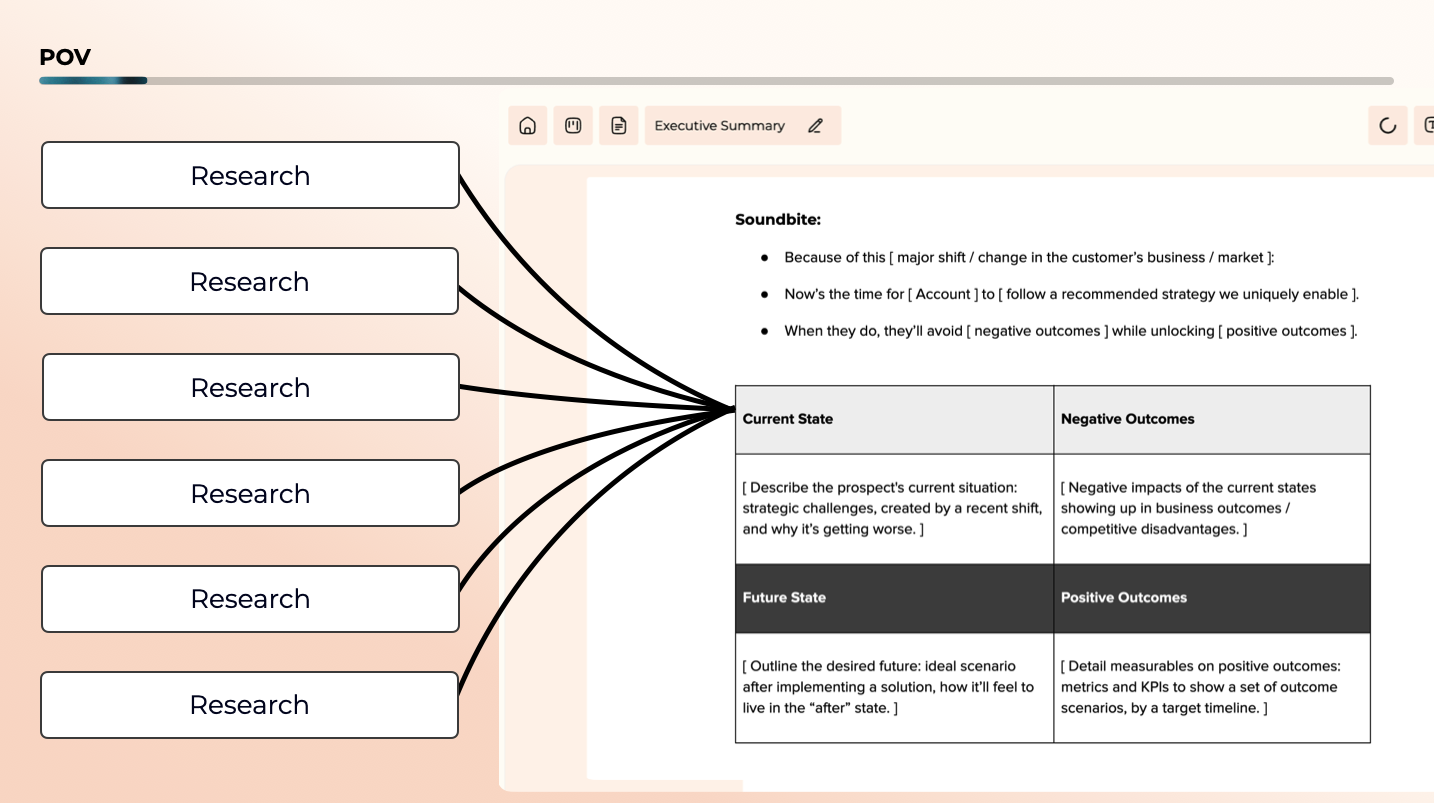
And a case study, like how a point of view is applied to exec-level outreach emails:
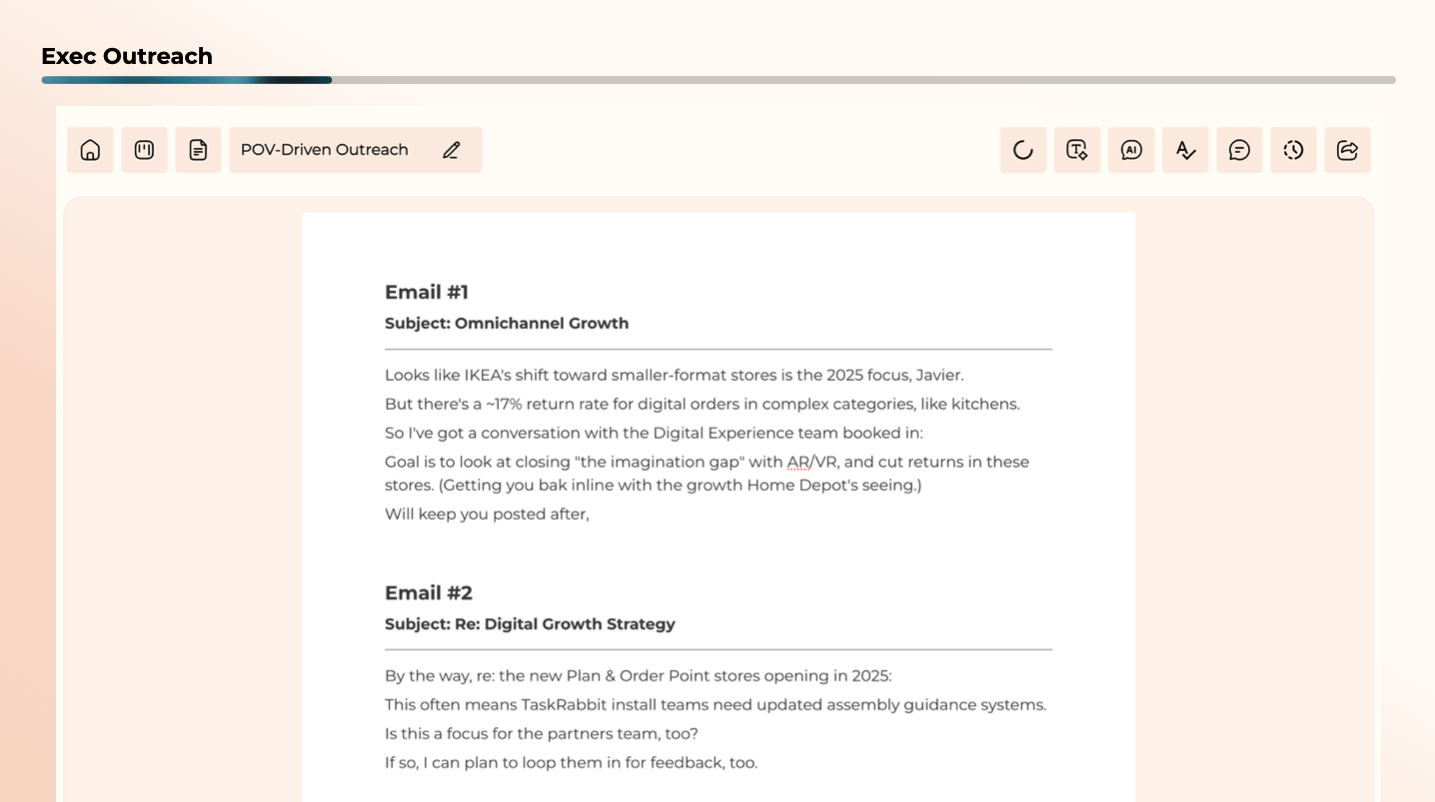
Also, notice that last point in the grid, around scoring.
This is what AI is particularly good at: gap analysis.
Identifying what’s missing, compared to a model of "what good looks like," built by recognizing patterns across deals we’d typically miss.
Which was the last major part of the playbook:
How to Scale an Account-Based Motion, Downmarket
For the last two decades, sales leaders built their process around an “either-or” approach:
- Account-based: a tailored approach with reps spending the time and creativity to drive up win rates in a shortlist of target accounts.
- Scale: a volume-based approach that runs a wide list of accounts through one-sized sales stages.
The best answer we could come up with is to segment our teams between either:
- Key accounts: a high-touch, high-conversion approach, with strategic reps only working a small handful of deals at a time.
- Territories: everyone else — including mid-market and commercial, where 11+ buyers are still involved in getting to a decision — get a high-velocity, high-volume approach.
It’s a Kobayashi Maru, a no-win scenario where you choose between two horrible outcomes.
(I learned what that phrase meant after massively screwing up a consulting project my old boss, Chris, trusted me with. “This was a Kobayashi Maru,” he said.)
If you have no clue what that means:
It’s the name of a civilian space ship drifting into enemy territory, in a simulated test Star Trek cadets had to take. The ship sends out a distress signal, forcing cadets to either:
- Enter enemy territory to rescue the ship will start a war, with casualties.
- Not enter, and choose certain death for 148 civilians.
Captain Kirk fails the simulation twice, just like every cadet at the Starfleet Academy. Which was the whole point — the Kobayashi Maru was unwinnable.
So the night before his third attempt, he hacks the test and reprograms the simulator. When enemy ships appear, their shields fail, he rescues the civilians, and saves his crew.
Becoming the only cadet to beat the test.

But now, AI is how we hack the test.
We rewrite the Kobayashi Maru, and scale an account-based approach to every deal. What was once done for the 5%, can now be done for the other 80%, or more.
Treating every account like a key account.
Which is a different way of looking at AI:
- Level 1: “How do we fit AI into our existing process?”
- Level 2: “How do we use AI to build the right process?”
Level 1 is forcing AI into the early 2000’s era process — no fundamental change in strategy, same activities, just a little more efficient.
e.g. “Hey AI, fill in my CRM fields so I don’t have to.”
It’s fine to start. But the Level 2 question I find way more interesting:
“How are we using AI to do what we needed to, but couldn’t a few years ago?”
The stuff you knew was right, but just wasn’t practical or possible (but now is).
Practically, this works by looking at AI less as a system for generating more output. Thinking, “Let’s do more faster! More email! More activity!” Which is how most people think of “generative” AI:
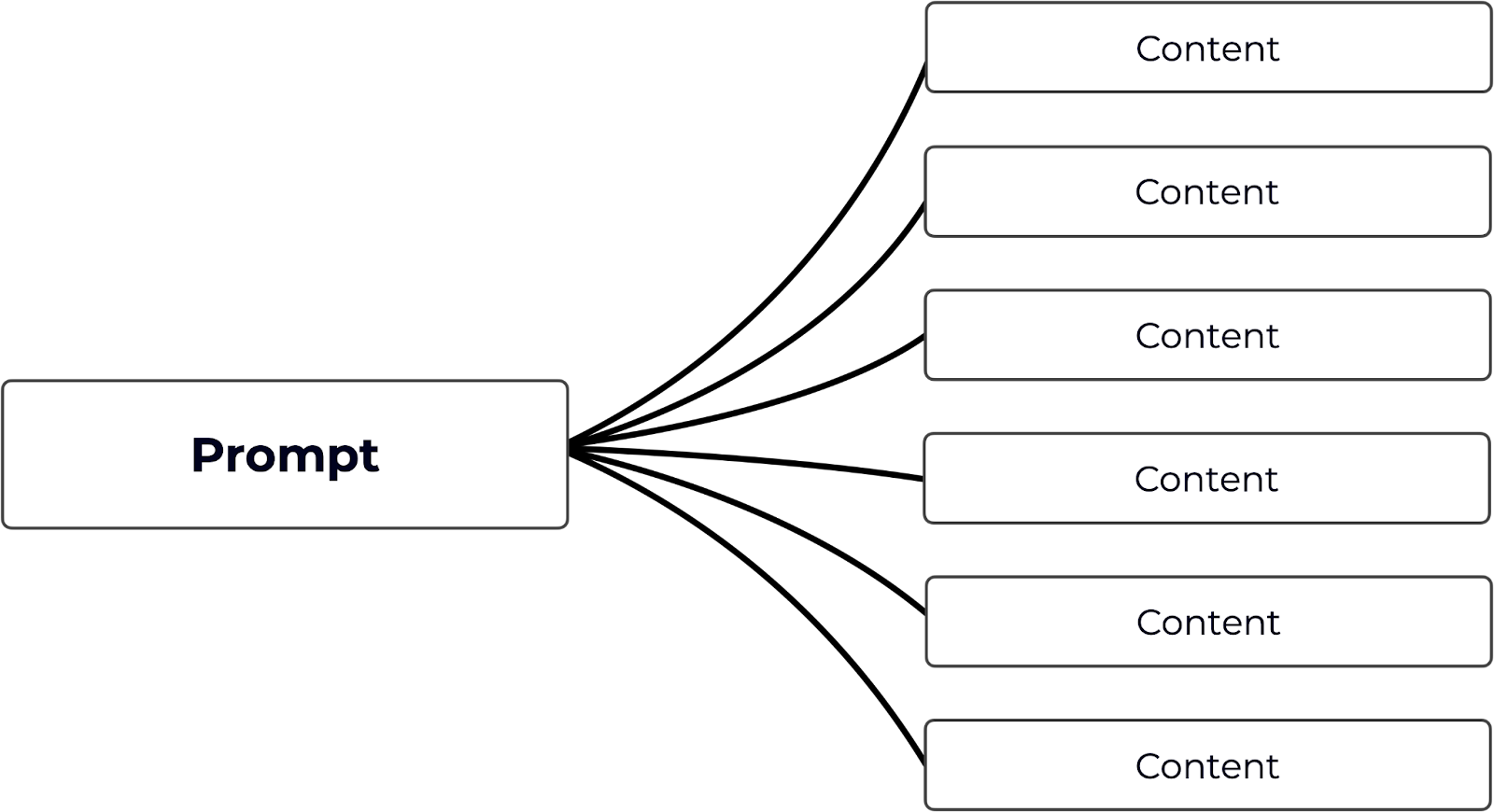
Instead, AI becomes our way of turning lots of inputs into a single, high-value output. A “soundbite.”
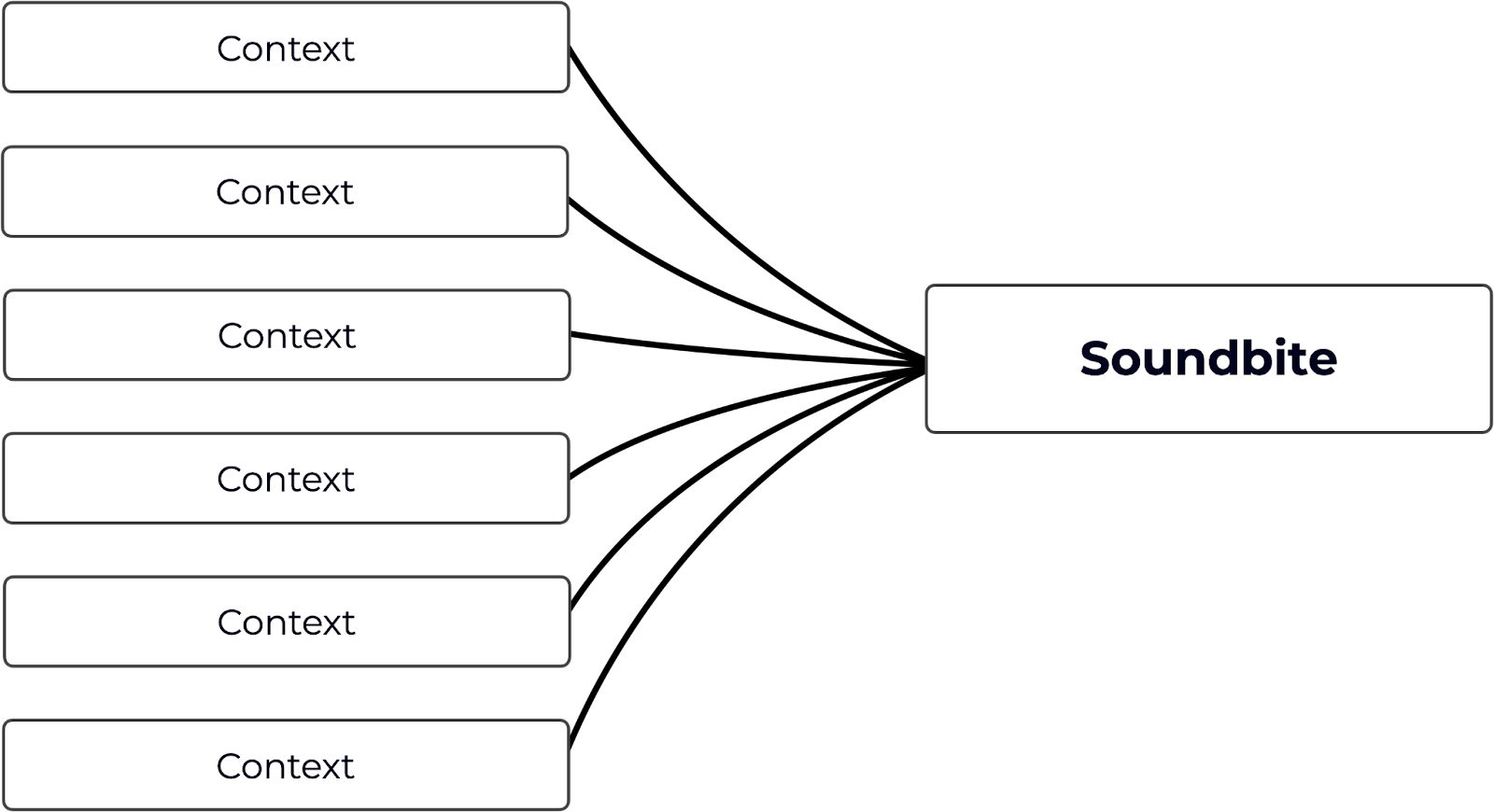
Which is exactly what we built at Fluint. A way to design and execute an Account-Based Sales Playbook:
- Map your ideal frameworks to process stage
- Our AI executes the first draft, combining data from research, transcripts, notes, etc…
- While highlighting deal and discovery gaps, learning from closed-won data to guide your next step.
- While keeping doc updated across stages, inside a “living document” that redlines itself.
- All built inside a powerful editor integrated with your tech, shared with your buyers, and internal team.
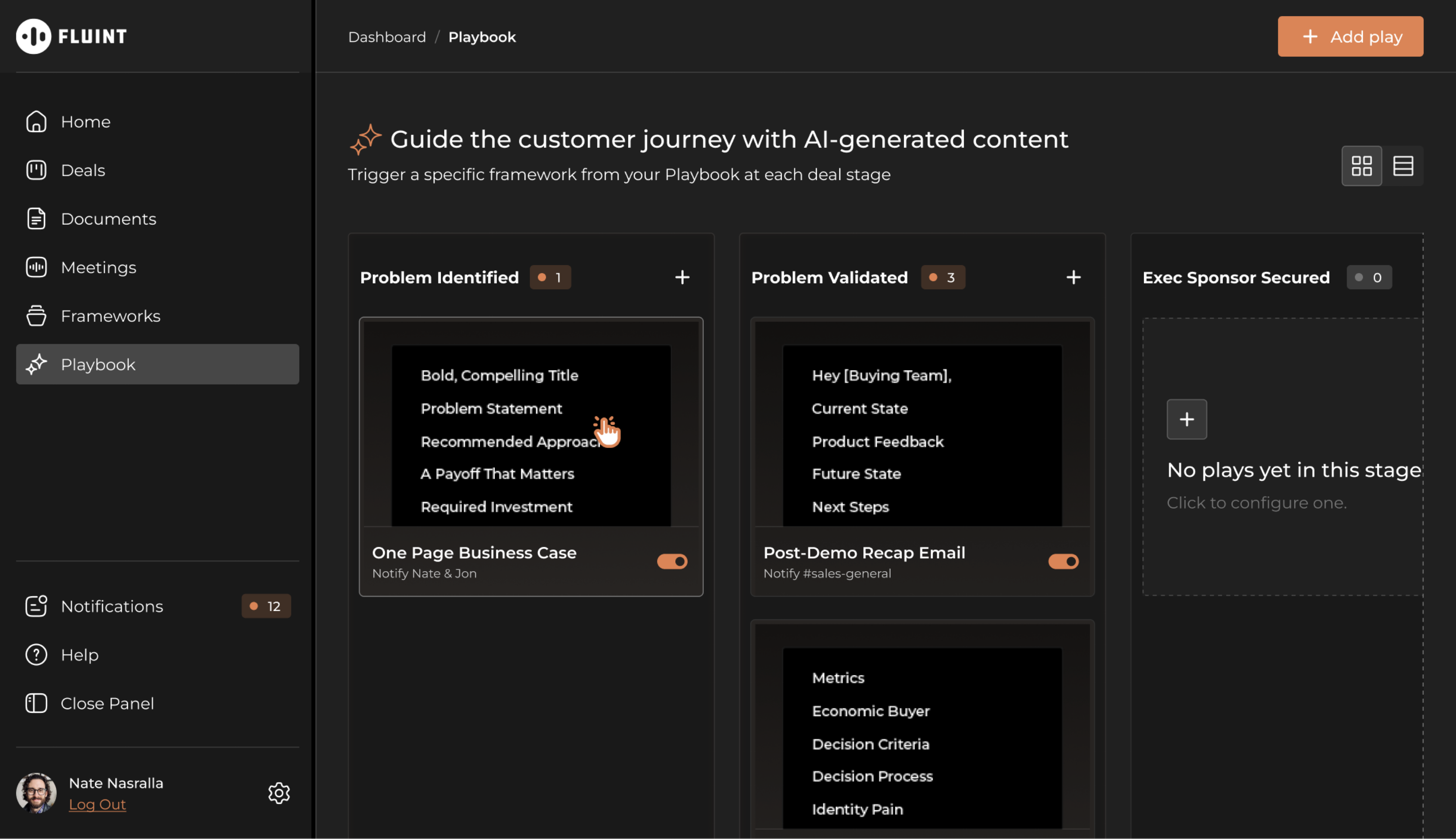
Which means a few things:
- The “right” playbook actually gets executed in deals.
- Driving up win rates across stages, cutting stalled deals.
- While landing deals at a higher ACV on average — while setting them up for faster expansion.
If you’re a sales leader interested in bringing this to your team, let’s talk.
Why stop now?
You’re on a roll. Keep reading related write-up’s:
Draft with one click, go from DIY, to done-with-you AI
Get an executive-ready business case in seconds, built with your buyer's words and our AI.
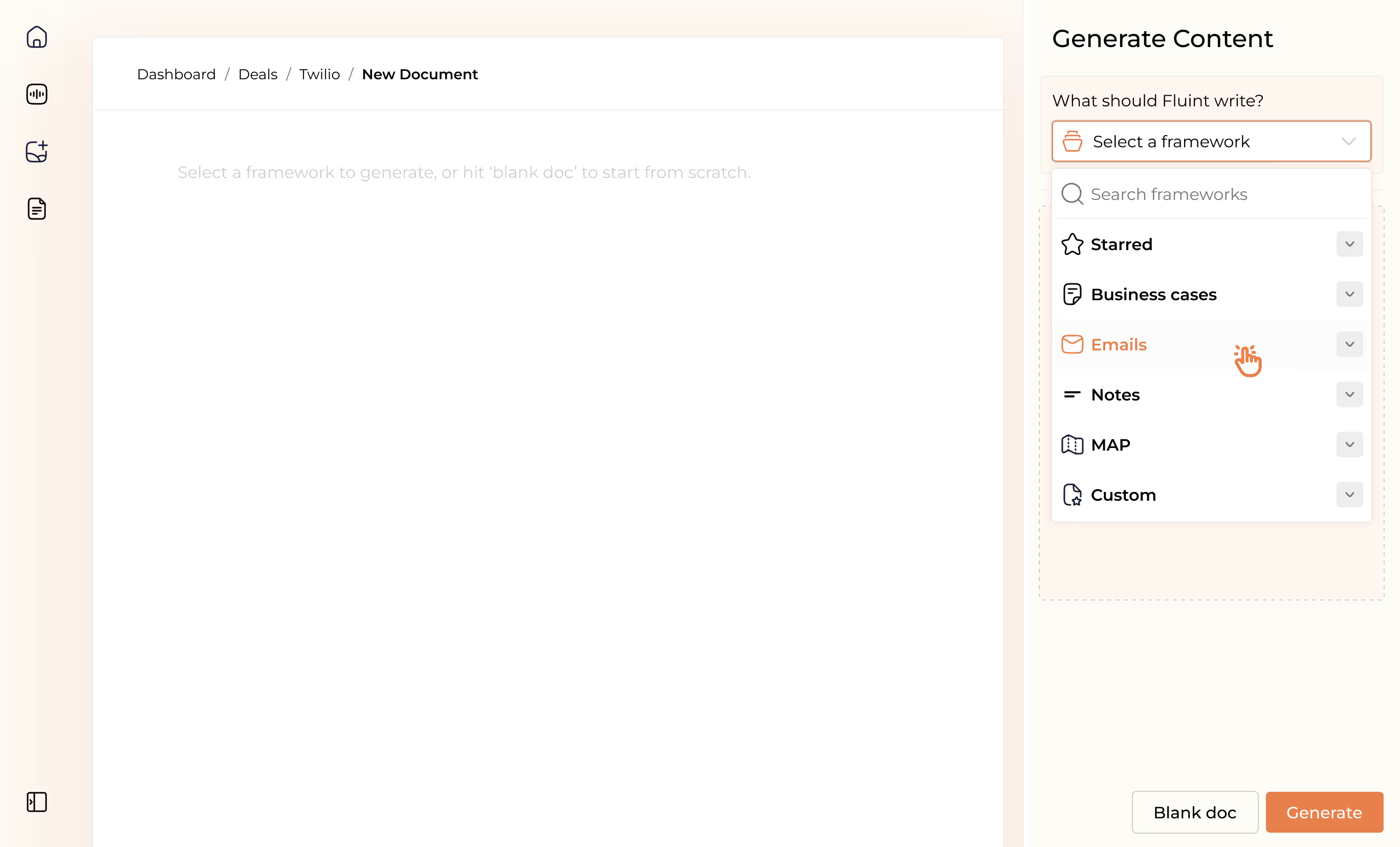
Meet the sellers simplifying complex deals
Loved by top performers from 500+ companies with over $250M in closed-won revenue, across 19,900 deals managed with Fluint

Now getting more call transcripts into the tool so I can do more of that 1-click goodness.



The buying team literally skipped entire steps in the decision process after seeing our champion lay out the value for them.


Which is what Fluint lets me do: enable my champions, by making it easy for them to sell what matters to them and impacts their role.






